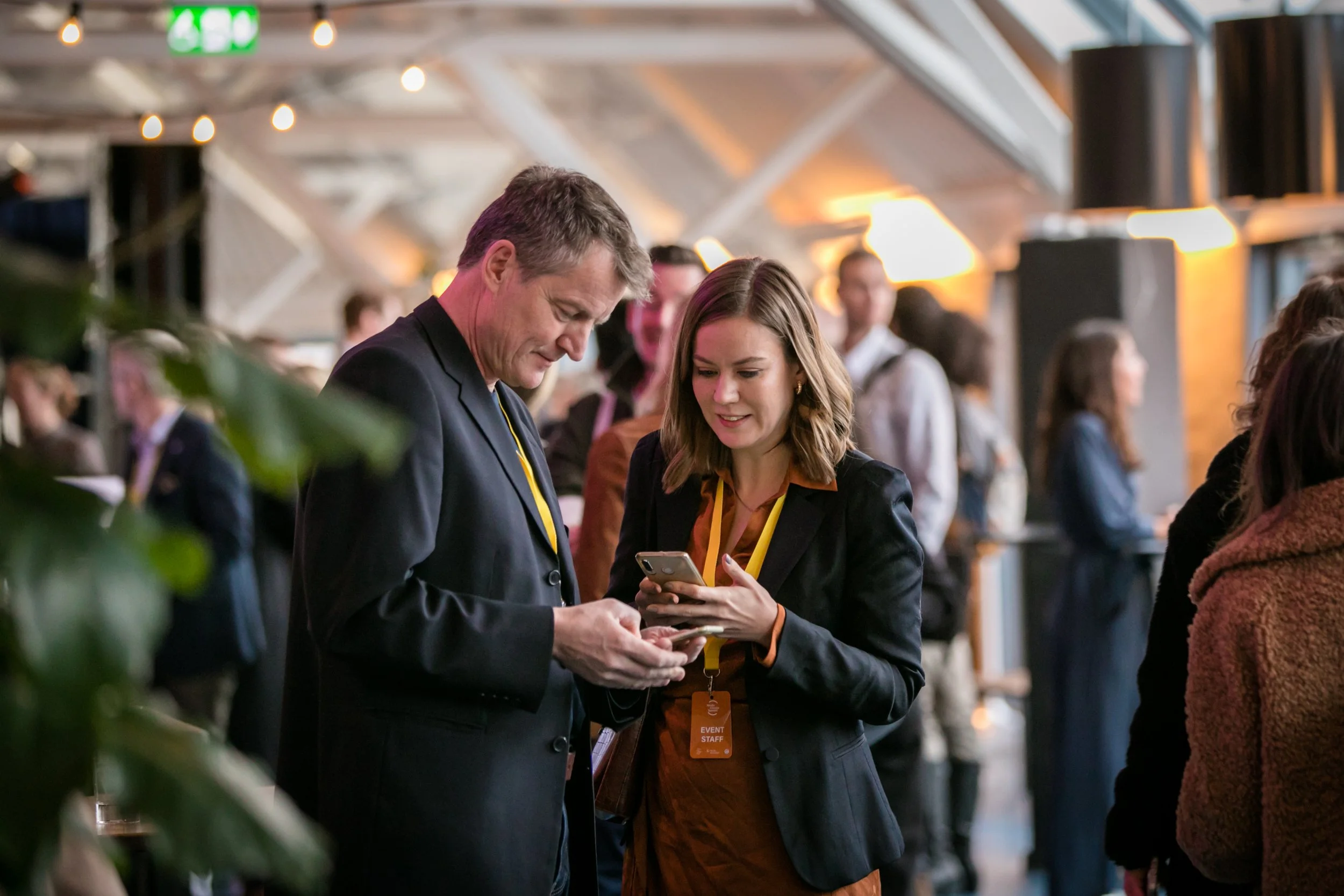Can Circular Businesses Make Us Act According to Our Values?
Humanity shares some universal values and needs, such as collaborating for the common good and sustaining natural ecosystems. Yet, we keep acting irrationally. For companies to succeed with their circular transition, they need to make sure their business not only seems good on paper but also results in customers actually making the right choices.
Understanding why we act the way we do, often against our better knowledge, and how that affects our decisions and behaviour on the market is at the core of behavioural economics, a relatively recent academic discipline that combines insights from economics, psychology, sociology, philosophy and neurosciences. How this relates to times of crisis and how it affects circular transition was the topic of the session “Behavioural Economics – Crisis Driving Change” at the Nordic Circular Summit 2022.
Humanity Economics: from self-interest to human values
In describing this contradicting behaviour, Stephen Hill, Emeritus Professor at the University of Wollongong, Australia, referred to 18th-century economist Adam Smith who described our economy as an invisible hand where all of us act out of self-interest. He stressed that for the market to function in a way that is beneficial for humanity, we have to act with empathy and sympathy. However, that seems to often be forgotten.
Rather, economic self-interest seems to be the dominating factor, which has contributed to and enforced multiple crises. Prof. Hill illustrated this with a number of examples: eight men control as much wealth as half of the rest of the world; during the covid crisis, the wealth of US billionaires increased by 1.6 trillion dollars whereas 160 million more people were thrown into poverty; we are in the middle of a severe climate crisis and a million species are threatened with extinction.
At the same time, however, a movement of “green shoots of change” is emerging, and Prof. Hill predicts that our future economic system will be one of Humanity Economics which is based on human values such as caring, sharing, connectedness and authenticity. In the future, these values will be at the core of all economic activity and there are several developments that indicate that these green shoots of change are already happening — the strong circular economy movement being one of them.
We do act rationally — even if it doesn’t show
Circular business models are essential for the circular economy to flourish, but the concept is so new that it is difficult for companies to know what makes circular products, services and offers attractive to consumers. Agnieszka Hunka, who is a senior researcher at The Swedish Research Institute, RISE, and her colleagues have developed consumer behaviour models in order to get better insights into the transition to the circular economy and to mitigate risks involved in transitioning to circular business models. And they found that people may be more ready for the circular economy than some big manufacturers tend to think!
One experiment — looking at the market demand for premium robot vacuum cleaners and mobile phones — was conducted with 800 people in the United Kingdom, investigating how demand changes with varying features, such as price or packaging. The researchers also introduced a circular economy score that indicates how much of a product comes from recycled, refurbished or remanufactured parts. They wanted to find answers to the following questions:
Could a circular economy label influence customer perceptions of product value relative to other product attributes?
Do consumers prefer a circular product when they have a choice between a circular product or an identical — but brand new — product? If so, does this change at different levels of circularity described by the circular economy score?
The results showed that a circular economy score is moderately important to the perception of the product value. It turned out to be more important than, for example, the type of customer service or repairability but less important than battery life, warranty or price.
Regarding product preference, the circular product turned out to be preferred over the brand-new product if it contained 50% or fewer recycled parts. Moreover, as long as it looked new and circular parts were hidden, respondents were indifferent to which product they preferred. As Ms Hunka concluded: “the old principle of ‘out of sight, out of mind’ also seems applicable to circular offers”.
Why don’t we act according to our values?
Zuzana Malinkovičová who is a Project Manager at Cataly(c)st gave three reasons for why we don’t manage to act more in line with our values:
Transparency. The lack of transparency from brands results in consumers being left with incomplete and cherry-picked information. Even if you spend hours researching alternatives, you still are unable to make an informed choice due to a lack of comprehensive information.
Inconvenience. As long as it is easier to buy a new product than to reuse or repair an old one, customers will buy new. Sometimes it’s even cheaper to buy the new product, which makes it even more inconvenient or difficult to choose the “right” option.
Education. No matter how motivated we are to do right, we often don’t know where to find the right tools or how to develop circular solutions.
Ms Malinkovičová concludes that everybody needs to contribute to making the circular transition happen. “We have talked the talk, now we need to walk the walk.”
Veronica Mike Solheim, Creative Director at Natural State, agrees:
“We think that awareness is now the main driver of the market … People are getting aware of the changes and they want to be part of the change. It doesn’t mean that they’ve started to act, but they want to buy good products and be associated with good products. At the same time, market players want to be collaborating with other companies that are doing good. You want to be part of a good value chain.”
Ms Solheim recommends brands to base their value creation on a broader sense of values than just economic value — for example emotional, identity and environmental values.
“You should also share it, and talk about it, in radical transparency. Use it in your communication so that people listen, buy your products, and you inspire other people and market players to do the same.”
What can you do?
Hand on heart, do you always make the right choices? If not, why? What could brands do to make it easier for you to act according to your values? What can you do for your customers?
Written by Sofia Sundström (Cradlenet).














